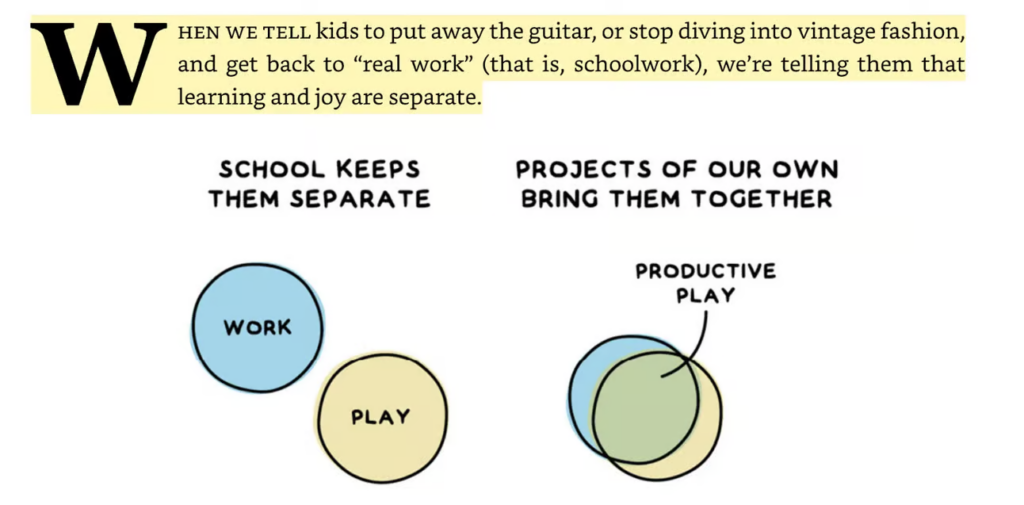2025: The Year Learning Gets Personal
Happy New Year, and welcome to 2025: When your kid’s education can be as personalized as your Spotify Wrapped.
While we were away, the world of open education kept moving forward. More families are discovering new possibilities. More communities are embracing flexible learning.
We think 2025 will be a breakout year. That’s why we’re here: to curate the most innovative ideas, spotlight the pioneers making it happen, and explore what’s possible when we expand our vision of what education can be.
Let’s dive in.
💡 THOUGHT
The Power of Productive Play
Over the holiday break, we dove into a delightful new book, The Learning Game, by Ana Lorena Fabrega – a former teacher who left the classroom to reimagine education. Now Chief Evangelist at Synthesis (the innovative math game developed at SpaceX’s experimental school), Fabrega epitomizes the open education mindset.

Check out the book and stay tuned for more highlights in the weeks to come.
📊 TREND
The Super Mario Effect
One of our favorite parts of Fabrega’s book comes in the chapter on game-based learning, where she cites former NASA engineer and CrunchLabs founder Mark Rober’s fascinating experiment with 50,000 participants attempting a coding puzzle:
- Group 1: Lost points for failed attempts (27% success)
- Group 2: No penalties for trying (68% success, and 2.5 more attempts to solve the puzzle)

Rober calls this the “Super Mario Effect” – in the game, dying isn’t a setback. You restart and try again, bringing your new knowledge with you. No permanent record of failures, just progress toward the goal.
We see this effect reflected in the growth of “mastery-based grading,” where failure isn’t stigmatized – it’s recharacterized as “not yet” until a topic is mastered.
⚒️ TOOL
CrunchLabs: Where Play IS the Learning
Speaking of Mark Rober, his CrunchLabs STEM subscription box is a great demonstration that learning and fun don’t need to be separate.
CrunchLabs sends monthly boxes that teach kids to think like engineers by building their own toys and robots. But unlike many STEM subscription boxes that end up in the closet after one use, these projects are designed to be played with, hacked, and modified. Kids build disc launchers and IR turrets, learning physics, engineering, and problem-solving along the way.
Two options:
- Build Box (ages 8-13): Monthly projects with step-by-step instructions
- Hack Pack (ages 14+): More advanced projects every two months
Learn more at crunchlabs.com or check out Rober’s popular YouTube channel for a taste of the CrunchLabs ethos.
(QUOTE) OF THE DAY
“Thinking like an engineer means you’re resilient. It’s getting back up after being knocked down and approaching things differently.”
Mark Rober, founder of CrunchLabs
That’s all for today!
– Charlie (the OpenEd newsletter guy)
